
Wildlife safari, Bundala national park
- Bundala national park is heaven for bird watching enthusiasts during the months from September to March. It is consists of thorny scrub, sand dunes, and five shallow brackish lagoons. The park and the adjoining Bundala saltern is harbors 197 species of birds including thousands of migrant waders during the season.
Bundala national park was declared a wildlife sanctuary in 1969 and designated as a national park in 1993. It is located 246 km Southeast of Colombo and 16 km from Tissamaharama. Bundala national park was the first Ramsar Wetland and fourth Biosphere Reserve in Sri Lanka.
- Bundala national park is heaven for bird watching enthusiasts during the months from September to March. It is consists of thorny scrub, sand dunes, and five shallow brackish lagoons. The park and the adjoining Bundala saltern is harbors 197 species of birds including thousands of migrant waders during the season.
Bundala national park was declared a wildlife sanctuary in 1969 and designated as a national park in 1993. It is located 246 km Southeast of Colombo and 16 km from Tissamaharama. Bundala national park was the first Ramsar Wetland and fourth Biosphere Reserve in Sri Lanka.
Most Striking Feature
- Bundala national park is a paradise for bird watching enthusiasts. It is an important wintering site for migratory shorebirds frequently ground more than 15,000 of various species in the season. Among the 197 species of birds recorded in the park. Flocks of thousands of Greater flamingo (Phoenicopterus roseus) would be very common and picturesque sitting in the Bundala national park.
Pintail, Gargany, Shoveller, Little Stint, Ruddy turnstone, Wood & marsh sandpipers, Common redshank, Greenshank, Curlew sandpiper, Black-tailed godwit, Little pratincole, Black-winged stilt, Caspian tern, Lesser crested tern, Gull-billed tern, Little tern, Great stone plover, Little-ringed plover, Golden plover, Stone curlew, Spot-billed pelican, Spoonbill, Broad-billed sandpiper, Clamorous reed warbler, Ruddy crake, Black-backed yellow woodpecker, Yellow-fronted pied woodpecker, Hoopoe, Malabar pied hornbill, Ceylon jungle fowl, Marshall’s Iora and many more birds can be found in the Park.
Landscape & Views
- Five shallow brackish lagoons namely Bundala, Embilikala, Malala, Mahalewaya & Koholankala, and three saltpans interconnected by channels with marshes, dunes, and scrub favours the beautiful Wetland habitat.
History & Archaeology
- The oldest human remains were found at Pathirajawela near Bundala national park. It is estimated that those remaining belonged to the human whom they were live in 123,000 years before. The remaining of the second oldest human were found in Bundala. That is estimated that they have belonged to 80,000 years before.
Biodiversity & Rare Species
- Six endemic plant species with a total of 383 species of plants were recorded in the Park.
Among 32 species of mammals, a few Asian elephants and Leopards, Grey & Ruddy mongoose, jackal and fishing, and Rusty Spotted cats, civets, wild boars, and Spotted Deer can be found. There are about 52 species of butterflies that can also be found in the Park.
In the period between October to January four marine turtle species of Loggerhead Turtle, Green Turtle, Hawk’s bill Turtle, and Olive Ridley Turtle are laying their eggs in the coastal area of the national park at night. Bundala national park is the place where you can see Estuarine crocodiles, the largest crocodile in the world, with saltwater and freshwater crocodiles in one place.
Access
- The entrance to Bundala National Park is at Weligatta area:
Visiting hours for the Park - 6 a.m. to 6 p.m.
Mode of safaris - Only Jeep Safaris
Best time of the day to visit the Park - 6 a.m. to 10 a.m. & 3 p.m. to 6 p.m.
Best months to visit the Park - Throughout the year. The sight of Migratory birds is from October to March.

 +39 - 39 - 307 6 3730
+39 - 39 - 307 6 3730 +94 - 74 - 000 9208
+94 - 74 - 000 9208

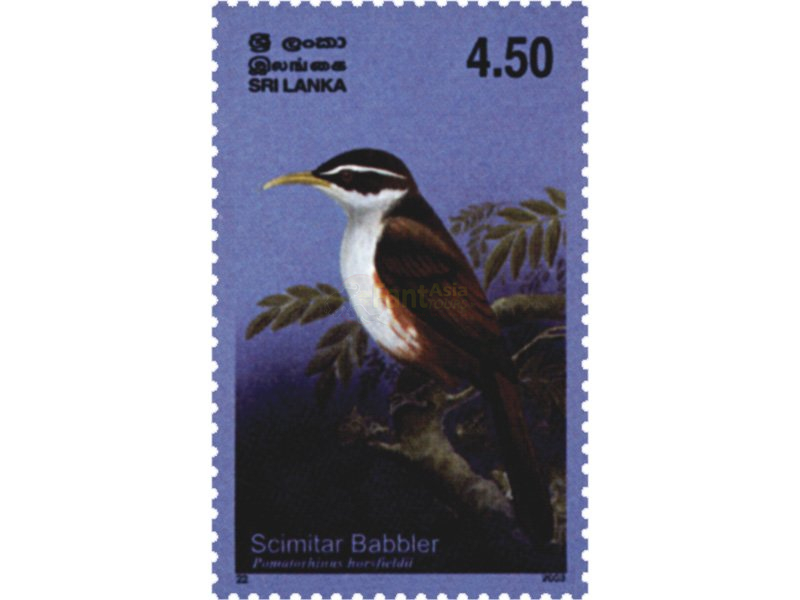
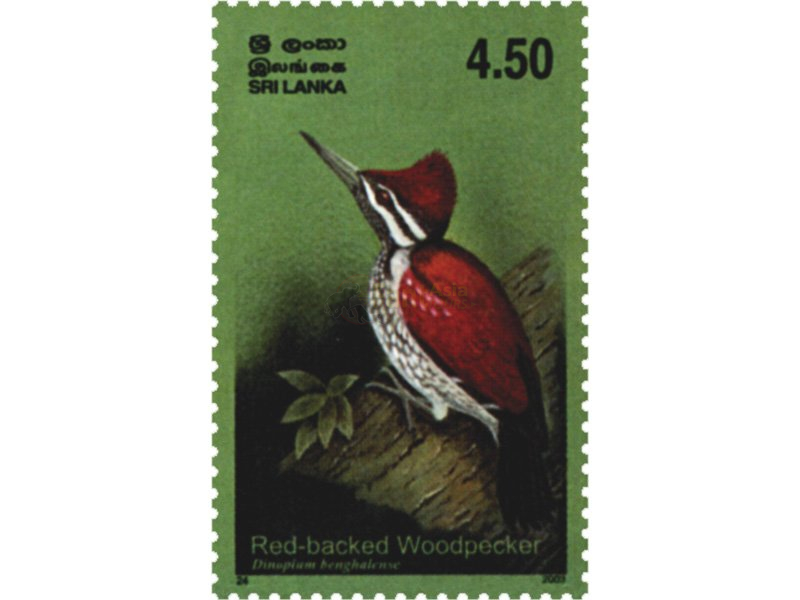
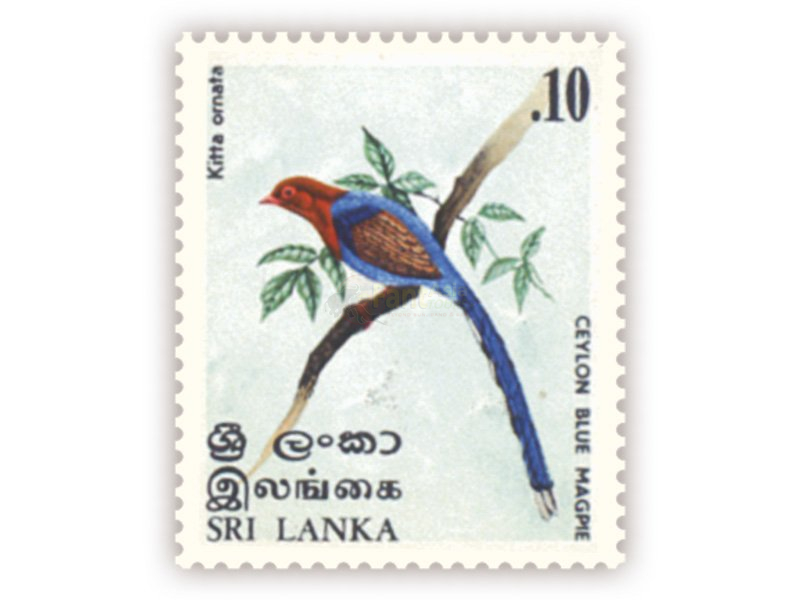
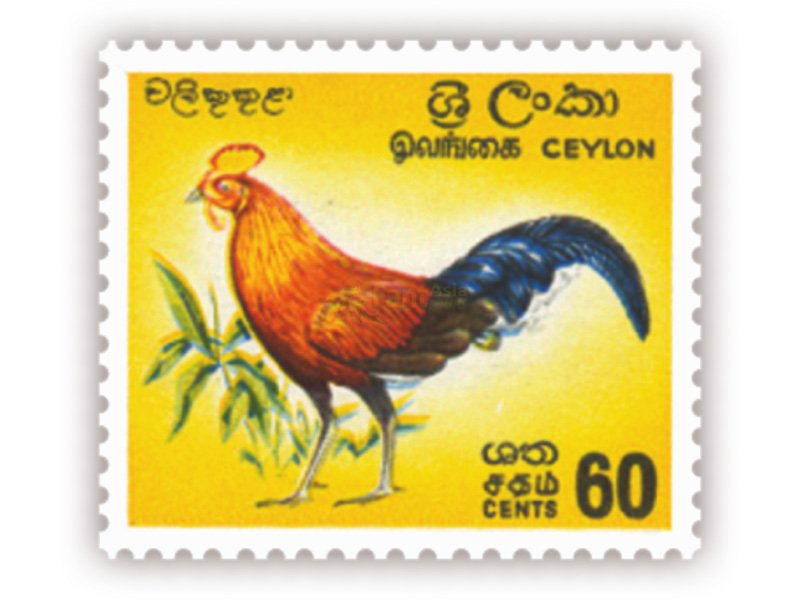

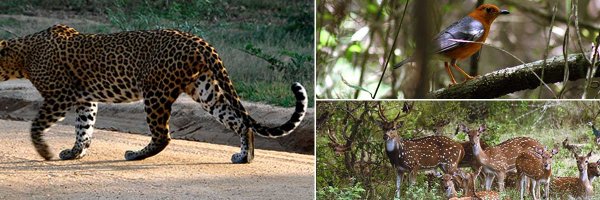
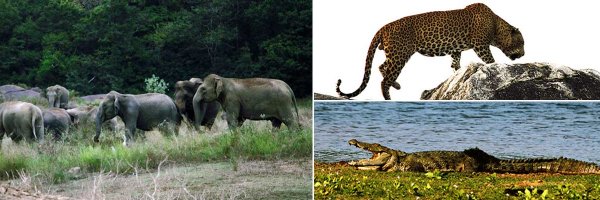
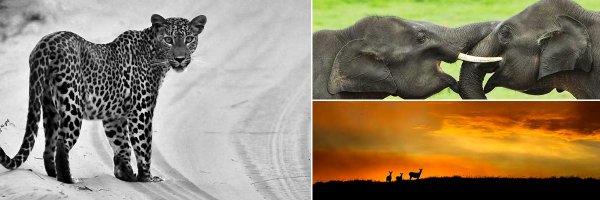
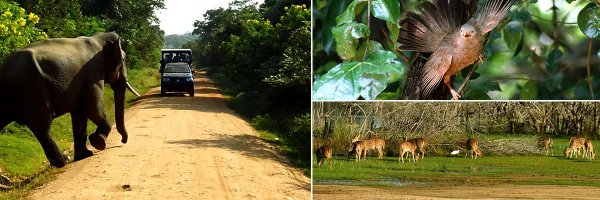
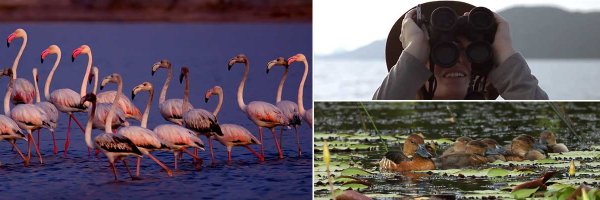
Share this page